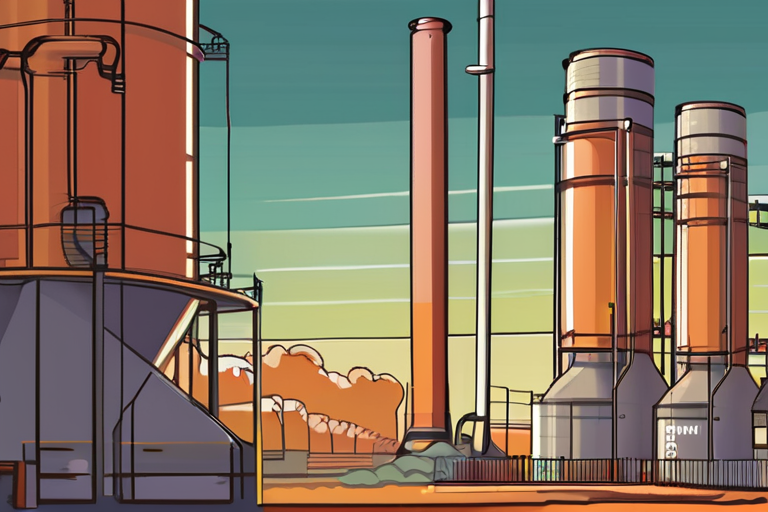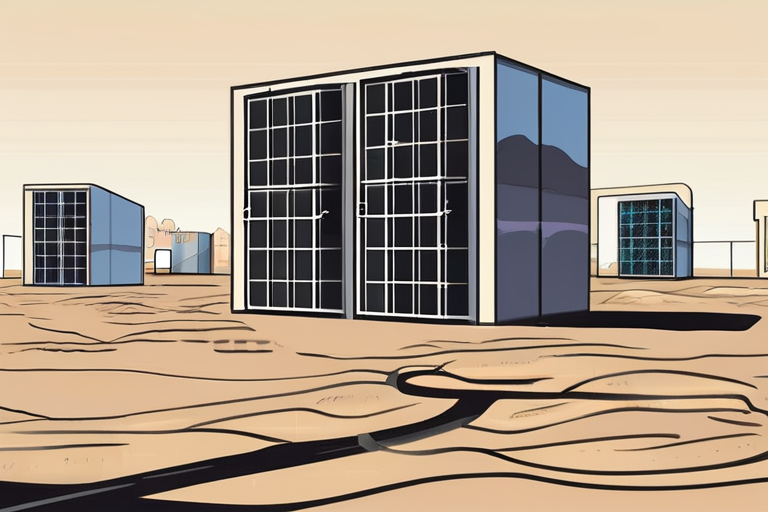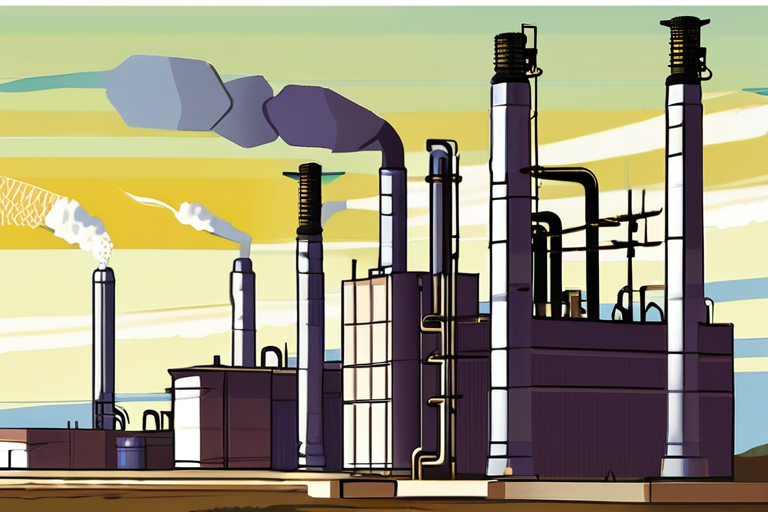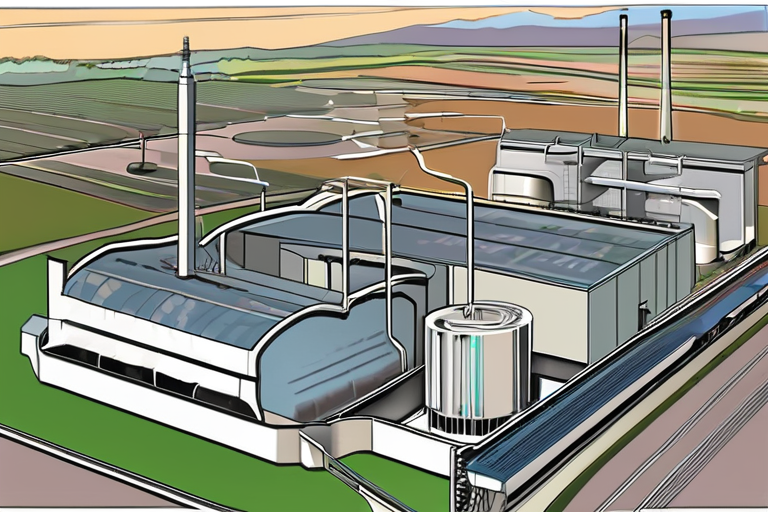Big Tech's Big Bet on Carbon Removal Sparks Concerns
In a significant shift in their approach to reducing carbon emissions, several major tech companies have invested heavily in a controversial method of carbon removal known as bioenergy with carbon capture and storage (BECCS). Microsoft, JP Morgan Chase, and a consortium that includes Alphabet, Meta, Shopify, and Stripe have all signed multimillion-dollar deals to install carbon scrubbing equipment at paper mills, capturing hundreds of thousands of tons of greenhouse gas.
The captured CO2 will be piped into saline aquifers over a mile underground, where it is expected to remain sequestered permanently. This approach has been touted as a promising solution for removing excess carbon dioxide from the atmosphere, but experts have raised concerns about its efficacy and potential environmental impacts.
"BECCS is not a silver bullet," said Dr. Emily Buchanan, a climate scientist at the University of California, Berkeley. "While it can be an effective way to remove CO2 from the atmosphere in certain contexts, it's not a scalable solution for global emissions."
The tech companies involved in these deals have framed their investments as part of a broader effort to reduce their carbon footprint and contribute to a more sustainable future.
"We believe that BECCS has the potential to play an important role in reducing greenhouse gas emissions," said a spokesperson for Microsoft. "We're committed to exploring innovative solutions like this one to help address the climate crisis."
The use of BECCS is not without controversy, however. Critics argue that it can divert resources away from more effective and efficient methods of carbon removal, such as direct air capture or reforestation.
"BECCS is a costly and inefficient way to remove CO2 from the atmosphere," said Dr. James Hansen, a climate scientist at Columbia University. "We should be focusing on technologies that can scale up quickly and effectively, rather than relying on expensive and complex solutions like this one."
Despite these concerns, the tech industry's investment in BECCS is significant, with estimates suggesting that it could remove tens of millions of tons of CO2 from the atmosphere over the next decade.
In related news, a new wave of nuclear reactor startups is emerging, promising to bring reliable and decarbonized power to the grid. One such company, Kairos Power, has already begun construction on several reactors using molten salt cooling technology.
"Kairos Power's approach has the potential to revolutionize the nuclear industry," said Dr. John Parsons, a nuclear engineer at MIT. "Their use of molten salt cooling is a game-changer, allowing for more efficient and safer operation."
As the world continues to grapple with the challenges of climate change, these emerging technologies offer promising solutions for reducing emissions and transitioning to a more sustainable future.
Background:
Bioenergy with carbon capture and storage (BECCS) involves growing biomass, such as crops or trees, capturing the CO2 released during combustion, and then storing it in underground reservoirs. This approach has been touted as a net-negative emissions solution, meaning that it can remove more CO2 from the atmosphere than it emits.
Additional Perspectives:
Dr. Emily Buchanan, climate scientist at UC Berkeley: "BECCS is not a silver bullet. While it can be an effective way to remove CO2 from the atmosphere in certain contexts, it's not a scalable solution for global emissions."
Dr. James Hansen, climate scientist at Columbia University: "BECCS is a costly and inefficient way to remove CO2 from the atmosphere. We should be focusing on technologies that can scale up quickly and effectively, rather than relying on expensive and complex solutions like this one."
Current Status and Next Developments:
The tech industry's investment in BECCS is expected to continue growing in the coming years, with several major companies announcing plans to expand their carbon removal efforts. Meanwhile, nuclear reactor startups like Kairos Power are pushing the boundaries of what is possible in terms of efficient and safe operation.
As the world continues to grapple with the challenges of climate change, these emerging technologies offer promising solutions for reducing emissions and transitioning to a more sustainable future.
*Reporting by Technologyreview.*



 Hoppi
Hoppi

 Hoppi
Hoppi

 Hoppi
Hoppi

 Hoppi
Hoppi

 Hoppi
Hoppi

 Hoppi
Hoppi











